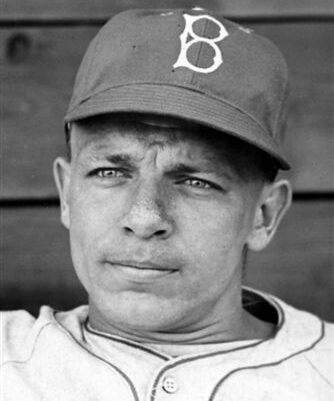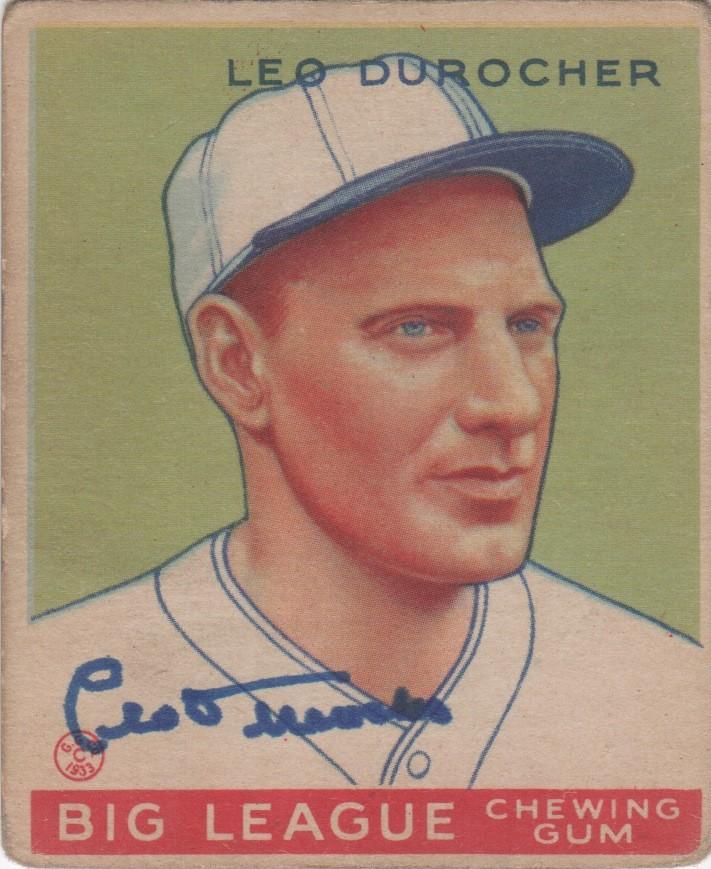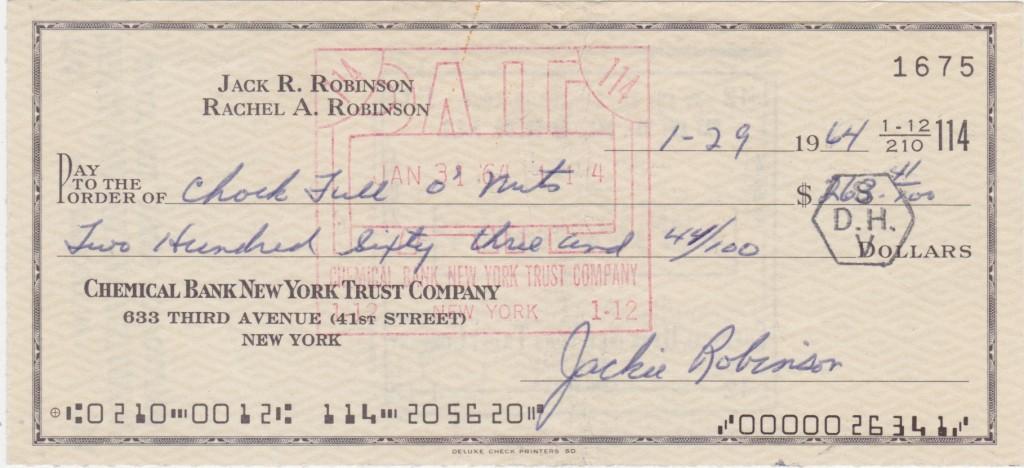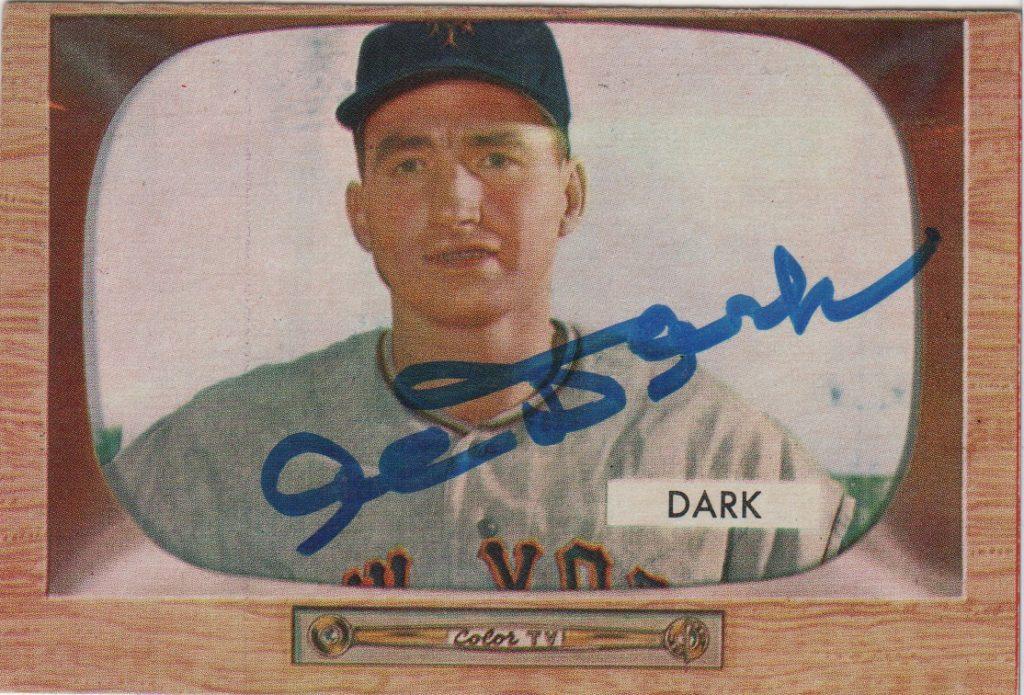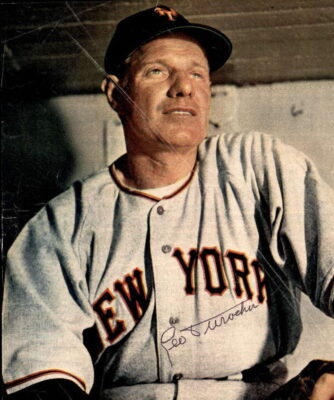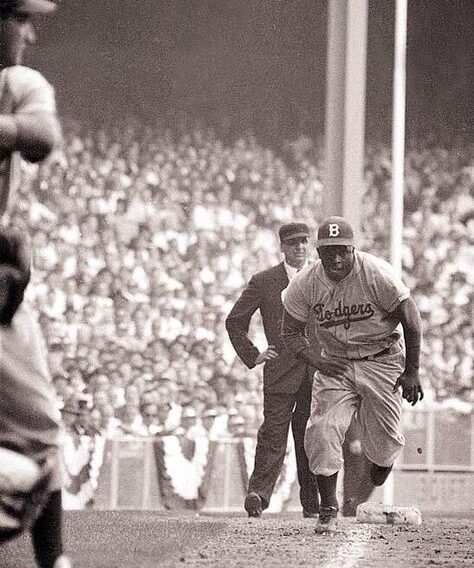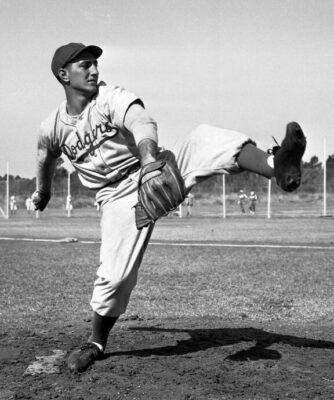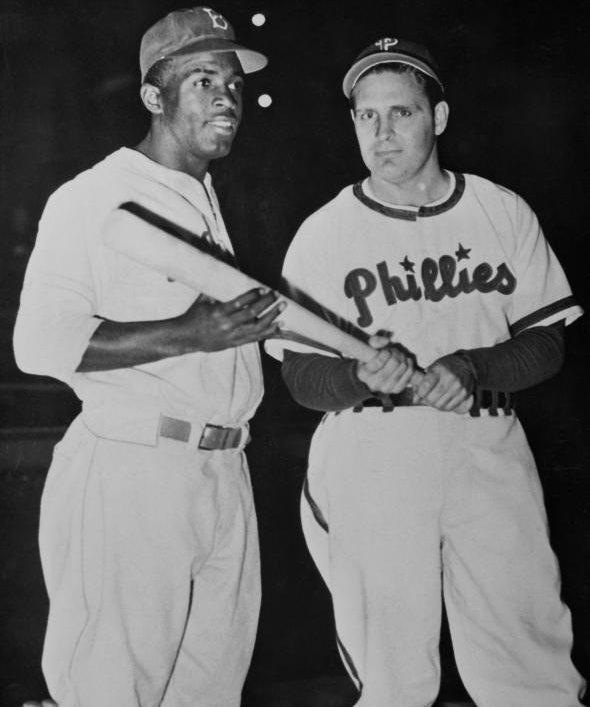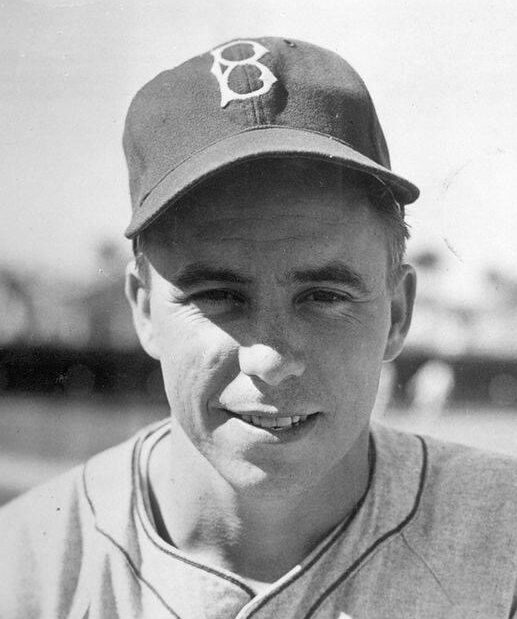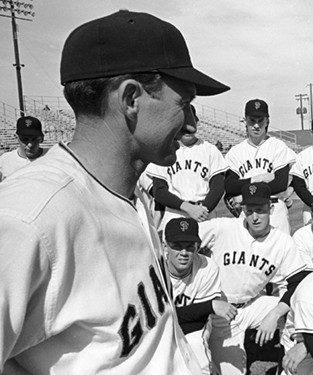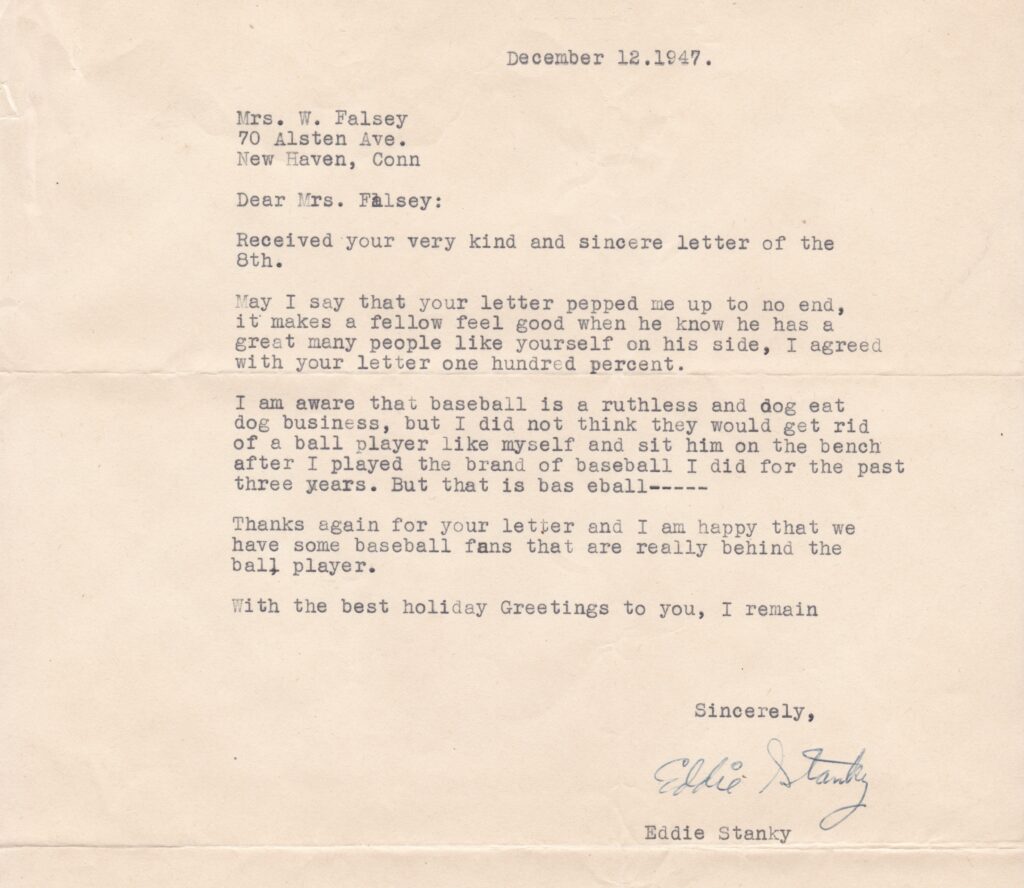
Eddie Stanky played big league baseball from 1943 to 1953, primarily as a second baseman. He began his career with the Brooklyn Dodgers in 1943. Branded as a winner with many intangible qualities, Stanky played for three different pennant-winning franchises from 1947-1951.
During his career, Stanky consistently drew walks, an undervalued skill during his day. From 1945 to 1951, he recorded over 100 walks six times in seven seasons. His keen eye at the plate helped him achieve a lifetime on-base percentage of .410, tying him with Jackie Robinson at 39th on the all-time list.
Stanky led the league in walks three times, on-base percentage twice, and runs scored once. His lifetime statistics include 1,349 hits, 877 runs, 1,150 walks, and a WAR of 41.6. Over his 11-year career at baseball’s highest level Stanky averaged 5.3 WAR per 162 games played. In addition to the Dodgers, Stanky suited up for the Giants, Braves, Cubs and Cardinals.
His aggressive play and strategic approach earned him respect among players and fans alike.
After his playing days, Stanky transitioned into coaching and managing, leaving a lasting legacy in the game. From the dugout he led the Cardinals, White Sox and Rangers. In 8 years as a manager, Stanky guided his clubs to a 467 wins and a .518 winning percentage.
Shown here is a letter signed by Stanky on December 12, 1947. He writes in part, “I am aware that baseball is a ruthless and dog eat dog business, but I did not think they would get rid of a ball player like myself and sit him on the bench after I played the brand of baseball I did for the last three years. But that is baseball…”
Stanky may have known by then that his days in a Dodger uniform were numbered. Less than three months after he sent the letter, Stanky was traded from Brooklyn to the Boston Braves.
